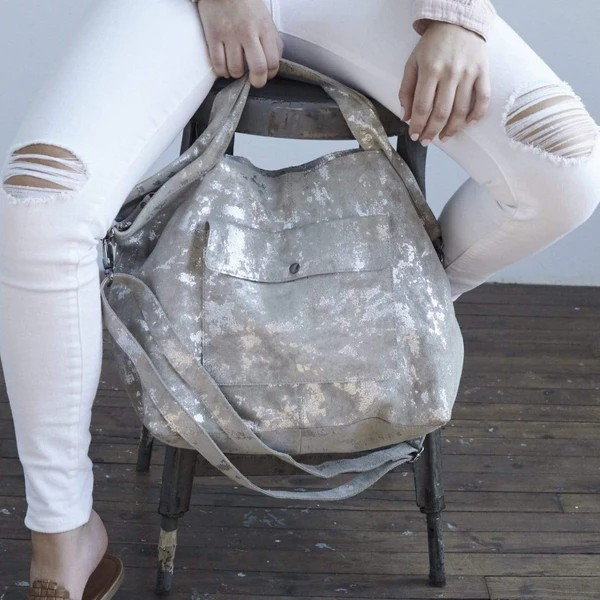
What Is PU Leather & How Does It Compare to Other Leathers?
PU leather, a manufactured material often cheaper than full-grain leather, is a leather alternative. Still, it lacks the same durability and classically natural aesthetic. Those are a few reasons why Latico uses full-grain leather instead of PU leather in all our handcrafted leather handbags.
However, many customers are curious about how alternative leathers, including PU leather, compare to full-grain leather. We thought we’d shed some light on this manufactured material today.
What Is PU Leather?
PU leather, or polyurethane leather, is synthetic leather, also known as faux, vinyl, or leatherette. Manufacturers make it by applying a polyurethane coating to a thin paper or cotton backing, often trying to emulate the texture and appearance of actual leather. It varies in appearance and quality, mimicking soft suede or smooth napa leather.
While some argue that pure PU leather is animal-friendly, there is overwhelming evidence that it is unsuitable for the environment and negatively impacts animals and their habitats.
The petrochemicals used in PU leather manufacturing pose health risks and are not environmentally safe. Also, the products are not biodegradable, requiring hundreds of years to break down. Experts estimate that more than 13 million metric tons of synthetic fibers enter the world’s oceans each year.

Types of PU Leather
There are two main types of PU leather:
- Pure PU leather: Entirely synthetic.
- Bicast leather: Has a natural leather backing coated with polyurethane.
Production Process of PU Leather
Understanding PU leather involves knowing its manufacturing process:
- Creating the base: The initial stage involves preparing the base layer for coating. Manufacturers use materials like fabric, paper, or split leather (a less expensive byproduct) for this.
- Applying the polyurethane layer: Manufacturers pour a polymer solution on the base, creating a uniform surface. Then, they spray on or laminate the layer with a second polymer and emulsifier solution. Lastly, they bake the material to solidify it.
- Finishing and texturing: The final layer combines cotton and polyester for added durability. Manufacturers apply a resin solution and press the material to replicate natural leather grain. This process includes drying, embossing, and adding a finishing topcoat.
Characteristics of PU Leather
PU leather has its distinct characteristics.
Durability & Lifespan
While PU leather is durable and easy to clean, it peels, cracks, and degrades faster than genuine leather. Its lifespan is generally around 3-5 years, compared to decades for genuine leather.
Environmental Impact
PU leather is not eco-friendly. Made from petrochemicals, it contributes to carbon emissions and pollution. Additionally, it is non-biodegradable and releases microplastics into the environment over time.
Cost & Affordability
PU leather is significantly cheaper to produce and purchase than genuine leather, making it an attractive option for budget-conscious consumers who are not concerned with sustainability.
Vegan & Animal-Friendly
PU leather is a popular choice among vegans and those concerned with animal welfare, as it does not involve any animal products in its production (excluding bi-cast leather). However, the manufacturing and purchasing of PU leather products have been shown to significantly harm the environment, which many argue is not animal- or people-friendly.
Appearance
Manufacturers produce PU leather in various colors, textures, and finishes, attempting to mimic the look of genuine leather and even animal hides like snake and crocodile. That said, if you are familiar with full-grain and PU leather, it is easy to distinguish between them. Full-grain leather, the highest-quality leather, has a naturally inconsistent grain and texture. In contrast, synthetic leathers have no grain or grain that appears too consistent.
Applications
PU leather is used in various products, including clothing, footwear, couches, chairs, car seats, dashboards, steering wheel covers, and accessories like handbags, wallets, and belts.

PU Leather vs. Other Types of Leather
PU leather vs. full-grain leather: Full-grain leather is more durable and ages better. Unlike PU leather, it develops a patina with a rich feel and smell. Although full-grain leather is more expensive, some brands, like Latico, use it to support fair farming and sustainable leather practices.
PU leather vs. bonded leather: Bonded leather consists of natural scraps bound with adhesive and coated with polyurethane. While it retains some semblance of genuine leather, both bonded and PU leather has similar durability levels, being less damage-resistant than authentic leather.
PU leather vs. faux leather: Faux leather is an umbrella term encompassing several synthetic leathers, including PU and PVC leather. Due to its fabric base, PU leather offers a softer, more flexible feel. At the same time, both exhibit similar performance and utility characteristics.
PU leather vs. PVC leather: PVC leather employs plasticizers, making it more flexible but less breathable and comfortable than PU leather.
How to Care for PU Leather
Dust regularly with a soft, dry cloth to care for PU leather and maintain its shine. Avoid abrasive cloths that could scratch the surface. Also, avoid exposing the material to water since leather isn’t waterproof. You can gently wipe down stains with a damp cloth and mild soap.
Store PU leather items in a cool, dry place away from direct heat and sunlight. Prolonged exposure may cause the material to discolor or break down prematurely. For extra protection, you can place the items in dust bags for long-term storage.
Frequently Asked Questions
Does PU leather mimic the texture of genuine leather?
PU leather mimics the texture of genuine leather, but it is still possible to tell the materials apart. Genuine leather has a naturally inconsistent grain, while PU leather’s grain follows a consistent pattern.
Is PU leather eco-friendly?
PU leather is synthetic, and its production process requires petroleum, making it unfriendly to the environment during and after a product’s lifecycle. The synthetic materials in PU leather can take hundreds of years to break down, leaching harmful chemicals into the Earth’s soil and water.
What is the cost-effectiveness of PU leather?
For manufacturers and consumers, PU leather can be more cost-effective than genuine leather. It has similar attributes to natural leather, although it is not eco-friendly and lacks the classic aesthetic and long-term durability of genuine full-grain leather.
How can I care for and maintain my PU leather items?
Regular dusting of PU leather items is advisable. Preventing stains, avoiding exposure to direct sunlight, and proper storage can also play a vital role in extending the durability of your PU leather items.
How long can I expect my PU leather products to last?
PU leather products last three to five years if well-cared for and maintained. Regular cleaning and knowledge about dealing with potential stains can significantly extend their lifeline. In contrast, full-grain leather products can last for decades or longer with the proper storage. Familiarize yourself with leather care tips if you want your leather bag to last for years and years.

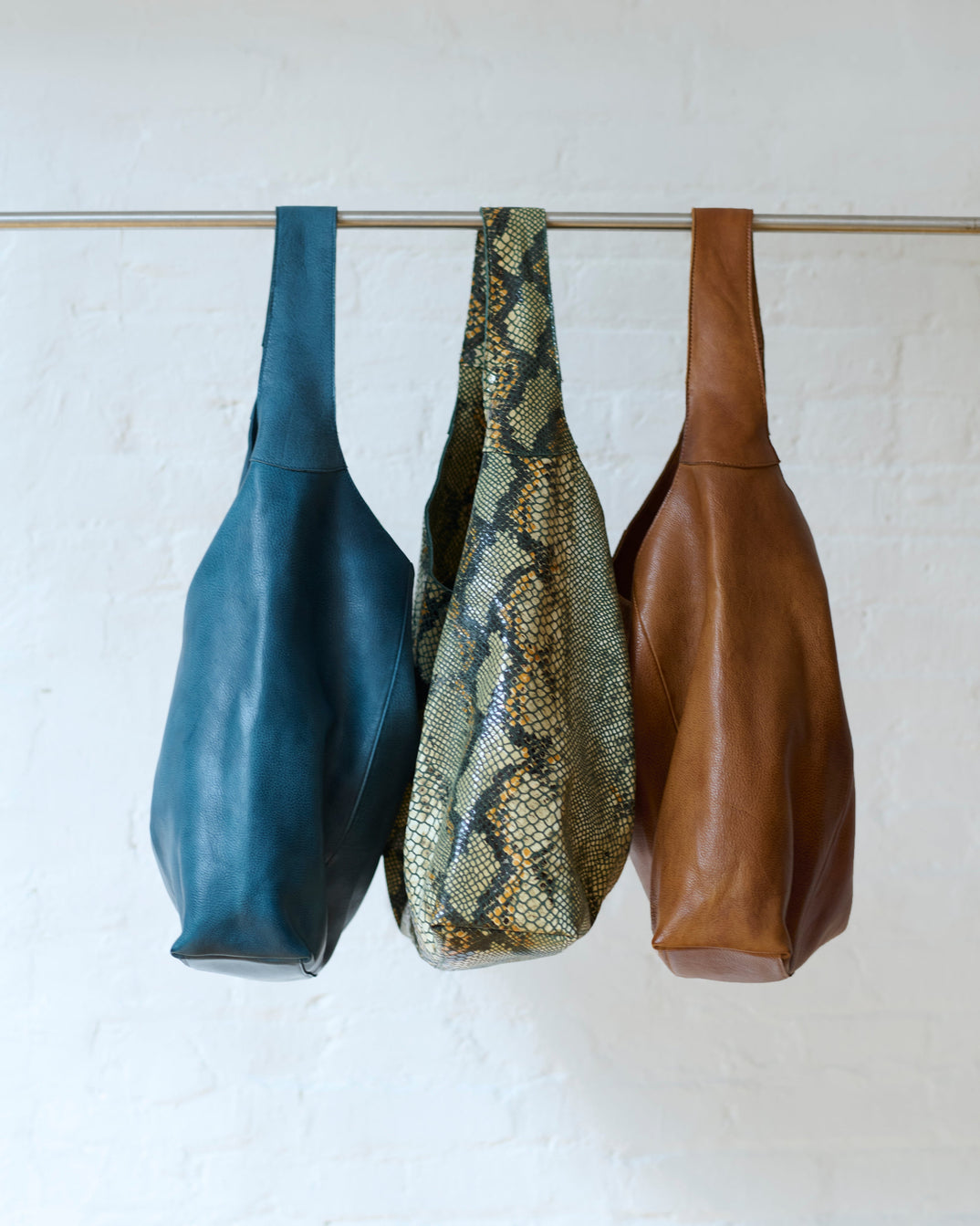
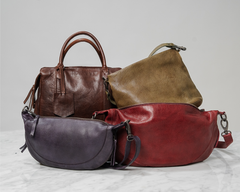
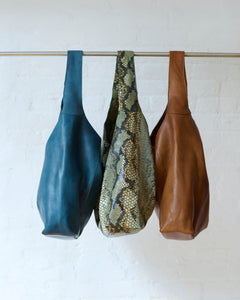
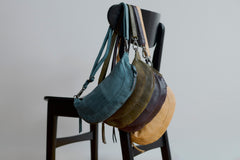
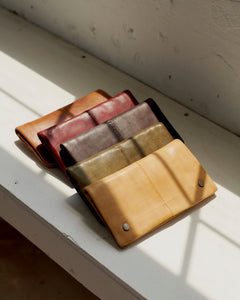


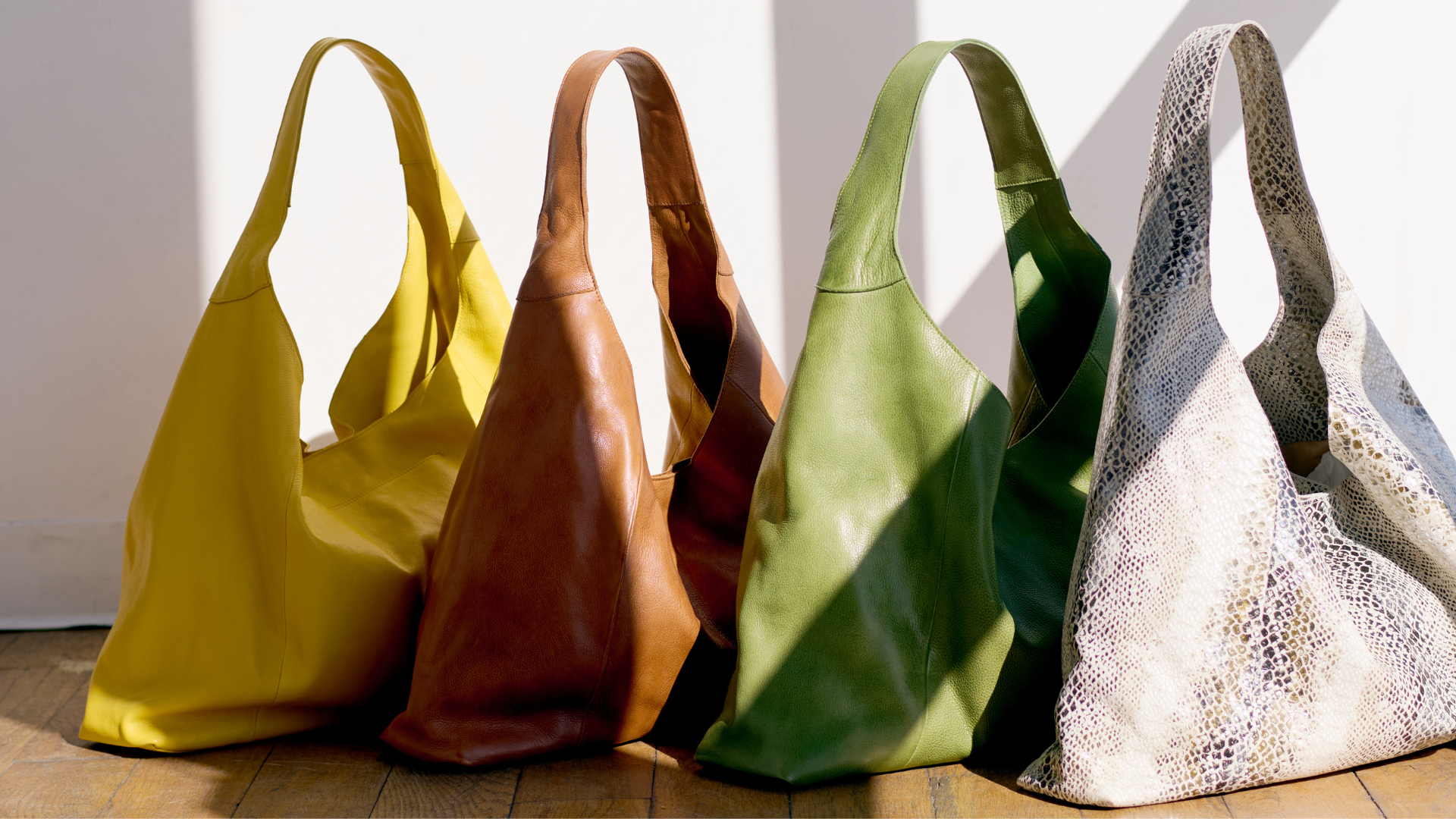
 Black
Black Bubble Black
Bubble Black Charcoal
Charcoal Cognac
Cognac Brown
Brown Cafe
Cafe Walnut
Walnut Almond
Almond Saddle
Saddle Eggplant
Eggplant Oxblood
Oxblood Burgundy
Burgundy Aubergine
Aubergine Tan
Tan Hazel
Hazel Ballet Slipper
Ballet Slipper Blush
Blush Camel
Camel Red
Red Orange
Orange Natural
Natural Burnt Orange
Burnt Orange Poppy
Poppy Plum
Plum Rosa
Rosa White
White Oat
Oat Grey
Grey Cobra
Cobra Desert Trail
Desert Trail Denim
Denim Indigo
Indigo Emerald
Emerald Teal
Teal Turquoise
Turquoise Sky Blue
Sky Blue Grass
Grass Green
Green Moss
Moss Olive
Olive Yellow
Yellow Lemon
Lemon Honey
Honey Chartreuse
Chartreuse Mustard
Mustard
